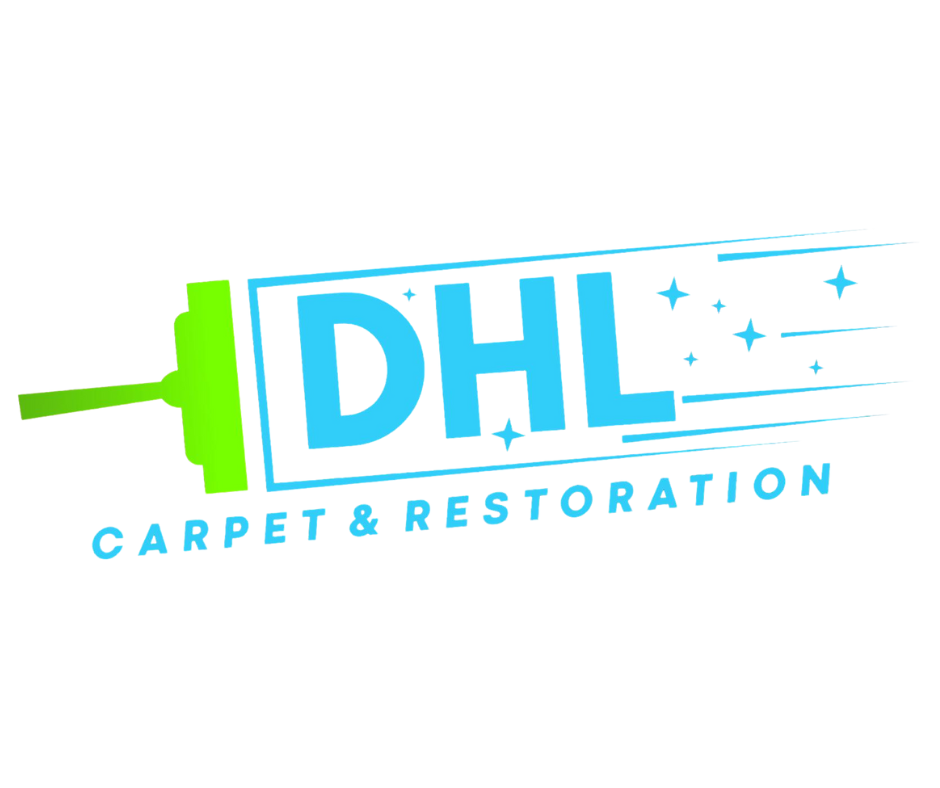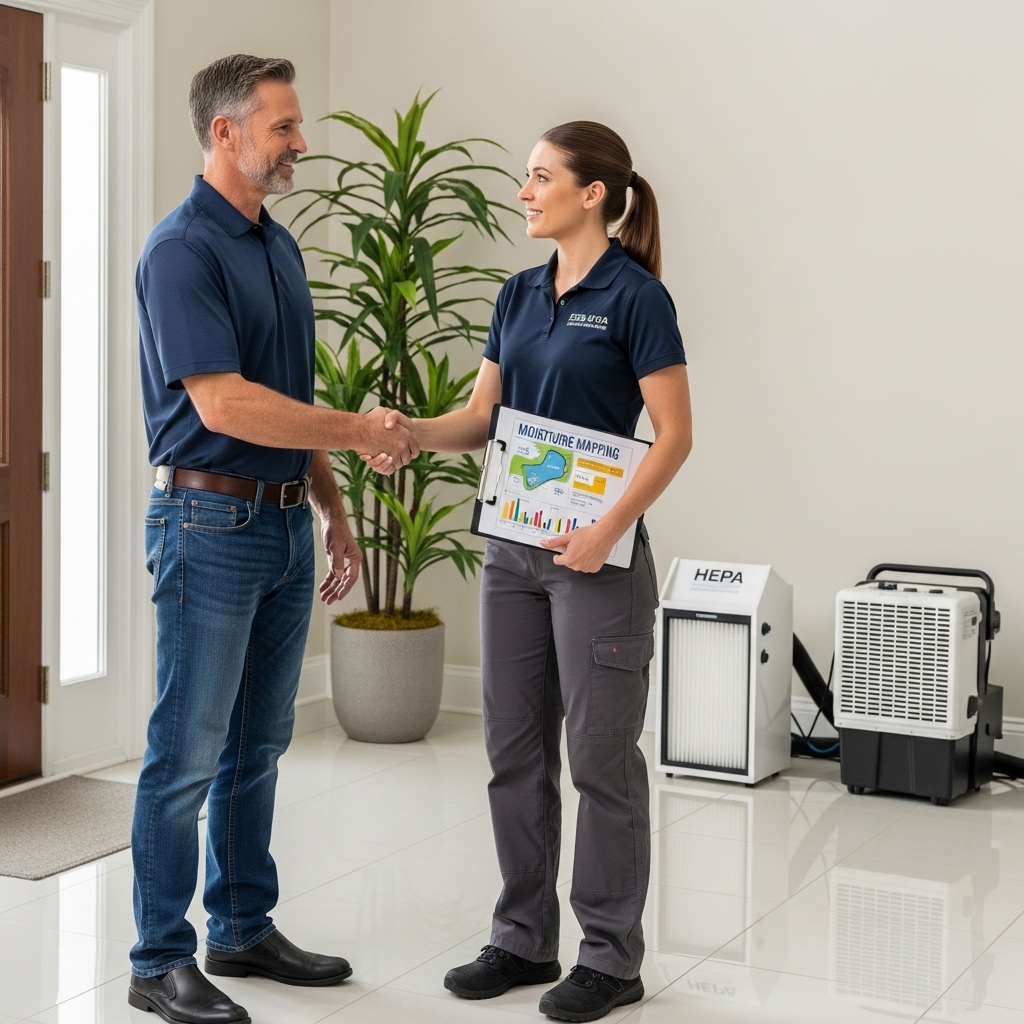Introduction: Finding the Right Mold Mitigation Contractor in New Jersey
Choosing a mold mitigation contractor is about more than removing visible spots on walls or ceilings. It requires a reliable plan to identify moisture, contain affected areas, and restore a healthier indoor environment—without disrupting daily life more than necessary. This guide walks New Jersey homeowners, landlords, and property managers through a practical hiring process, from first call to final verification. Early on, it helps to understand how professional mold mitigation services coordinate assessment, containment, drying, and prevention to deliver durable results.
New Jersey’s mix of coastal humidity, storm activity, and varied building types calls for local expertise. The best contractors combine technical skill with clear communication, strong documentation, and a prevention mindset. By following the steps below, you will be well-positioned to select a partner who protects your property and supports the well-being of occupants.
Step 1: Clarify Your Needs
Start by outlining what you know: where you have seen discoloration, what you smell, when moisture events occurred, and how often issues recur. Note if there are sensitive individuals in the home or building. Gather any photos or maintenance records. The clearer your initial picture, the easier it is for a contractor to triage and propose an appropriate plan.
Consider scope. Are you dealing with a single bathroom, a basement with recurring humidity, or multiple floors affected after a storm? A concise description helps prospective contractors assign the right team and equipment from the outset.
Step 2: Research Local Expertise
Focus on contractors experienced with New Jersey’s housing stock and climate. Shore properties, split-levels, historic homes, and newer airtight buildings each present distinct moisture dynamics. A contractor who knows how these factors interact—ventilation limits, insulation gaps, wind-driven rain, and below-grade dampness—will tailor the plan to your property.
Look for companies that prioritize moisture control alongside cleaning. Their materials should emphasize assessment, containment, and source correction, not just surface treatment. Strong documentation practices are a positive sign: expect photos, moisture readings, and a written description of steps taken.
Step 3: Interview and Compare
Prepare a structured list of questions to evaluate contractors consistently:
- How do you assess moisture sources and decide on containment boundaries?
- What documentation do you provide—photos, readings, and a summary of work?
- How do you protect occupied areas and sensitive individuals during work?
- What is your approach to selective removal versus saving materials?
- How do you coordinate with roofers, plumbers, or HVAC professionals when needed?
- What does your prevention plan include once the initial work is done?
Ask for references from recent projects similar to yours. Compare response times, communication style, and willingness to explain the “why” behind recommendations. During this stage, it can be helpful to review how potential partners structure their mold mitigation services, including emergency protocols, documentation standards, and long-term prevention guidance.
Step 4: Understand the Process
A trustworthy contractor will explain the end-to-end workflow so you know what to expect. The typical process includes:
- Initial assessment and moisture mapping to locate affected areas and hidden dampness.
- Containment setup with appropriate barriers and negative pressure where needed.
- Air filtration using HEPA units to reduce airborne particles during disturbance.
- Selective removal of unsalvageable materials and protection of adjacent finishes.
- Cleaning with HEPA vacuuming and damp wiping to remove residual particles.
- Drying with dehumidification and airflow management until target readings are achieved.
- Source correction recommendations for leaks, ventilation, insulation, or drainage improvements.
- Verification through documentation and a clear prevention plan for ongoing maintenance.
Step 5: Coordinate Scheduling and Occupant Safety
Discuss timing, access, and any temporary adjustments for occupants. Sensitive individuals may need quieter times or alternate arrangements during high-impact tasks. Clarify how containment will route traffic around work zones and how communication will flow—daily updates, point of contact, and preferred methods for questions.
Step 6: Plan for Follow-Through
Mitigation is not complete until moisture is stabilized and sources are corrected. Ensure the contractor schedules follow-up checks, provides final readings, and leaves you with a prevention plan. Document what was found, what was done, and what you should monitor going forward.
New Jersey-Specific Considerations
Coastal and inland conditions shape mitigation strategies. Shore homes may face wind-driven rain and salt-laden air that tests building envelopes. Inland properties often contend with basement humidity and snowmelt. Historic homes can hide moisture in layered finishes, while newer construction may trap humidity without balanced ventilation. Your contractor should address these nuances directly and recommend solutions suitable for your building and location.
Red Flags to Watch For
Steer clear of contractors who promise quick fixes without discussing moisture control or who recommend painting over problem areas as a primary solution. Be cautious if they avoid documentation, dismiss occupant safety considerations, or lack a clear plan for containment and air filtration. A professional approach is methodical, transparent, and focused on long-term stability.
Preparing Your Property for Work
Help the process go smoothly by clearing access paths, moving valuables from affected rooms, and providing information about past leaks or repairs. Contain pets and plan for limited access to work zones during high-activity periods. If your home office or sensitive equipment is nearby, alert the contractor so additional protection can be arranged.
Prevention Mindset: Protecting Your Investment
After mitigation, the best insurance against recurrence is consistent maintenance. Keep humidity at comfortable levels, repair leaks quickly, and service ventilation systems. Improve insulation to limit cold surfaces and condensation. Maintain gutters and drainage. Record minor incidents and verify complete drying to avoid hidden dampness.
Frequently Asked Questions
Q: How do I know if I need a professional? A: Persistent musty odors, recurring discoloration, or moisture that keeps returning are strong indicators that professional assessment is warranted.
Q: Will I need to vacate during work? A: Not always. With proper containment and scheduling, many projects proceed with minimal disruption. Sensitive individuals may need temporary adjustments.
Q: How long does the process take? A: Timelines vary by scope, building materials, and humidity conditions. A good contractor will set expectations and provide updates as readings improve.
Q: What should be included in documentation? A: Photos, moisture readings, descriptions of containment and cleaning steps, and a prevention plan for ongoing maintenance.
Q: Can painting solve the problem? A: No. Address moisture and remove or clean affected materials before finishing surfaces.
Q: What about basements and attics? A: These areas are often higher risk in New Jersey; successful mitigation pairs targeted work with dehumidification, ventilation, and insulation improvements.
Q: How important is follow-up? A: Critical. Verification ensures the environment has stabilized and supports long-term success.
Take the Next Step with Confidence
Hiring the right contractor starts with clarity and ends with accountability. Choose a partner who explains the plan, documents progress, and prioritizes prevention as much as cleanup. When you are ready to move forward, align with experienced mold mitigation services that understand New Jersey homes and buildings and deliver results that stand the test of time.

